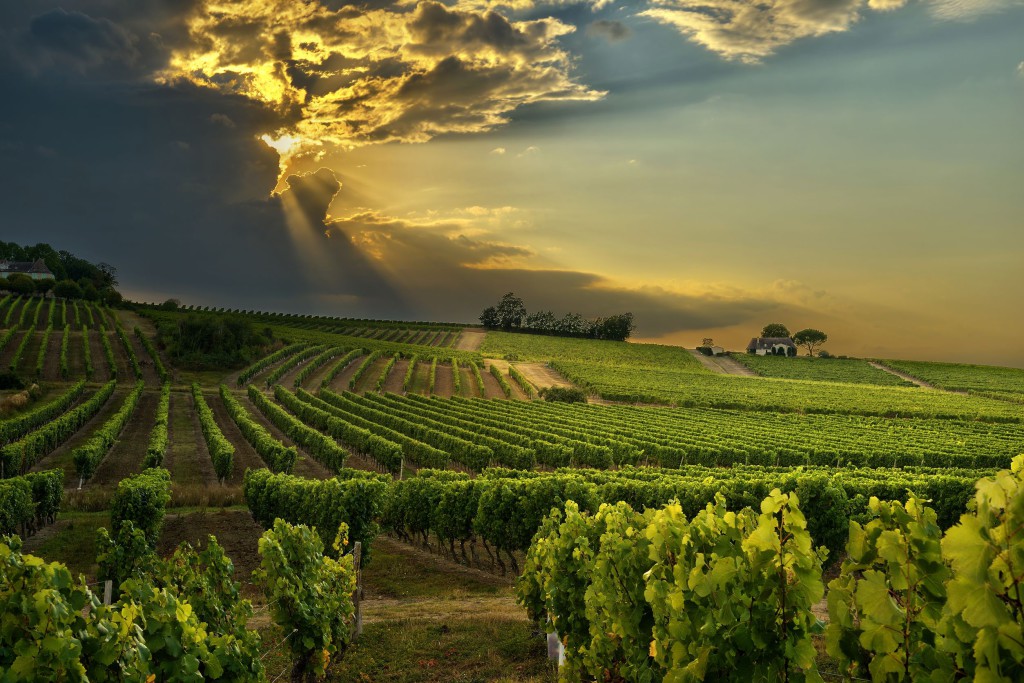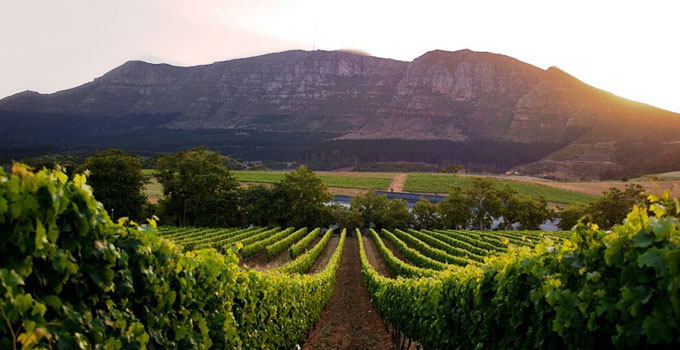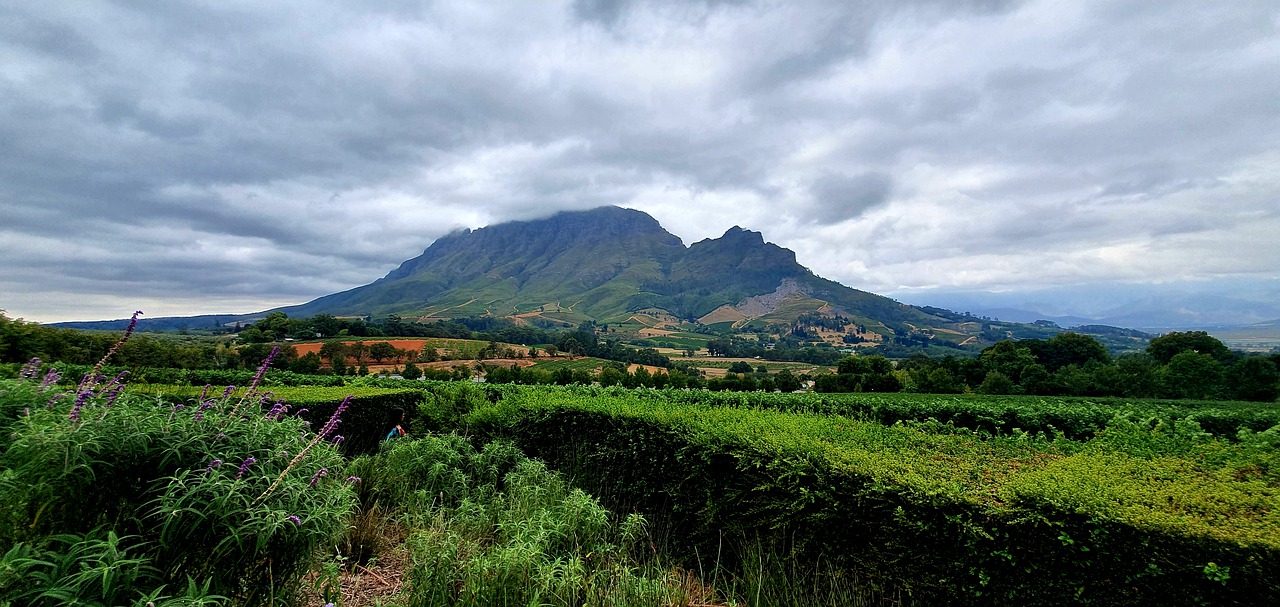The scenic Boland (literally ‘Upland’) immediately inland of Cape Town enjoys twin claims to fame. Not only is it home to some of South Africa’s oldest and most vivid towns (most notably Stellenbosch and Franschhoek), but it also forms the hub of the Cape’s burgeoning wine industry.

Stellenbosch and the Winelands
Characterised by lush vine-planted valleys set below spectacular mountain ranges such as the Simonsberg, Groot Drakenstein and Helderberg, these beautiful areas are collectively referred to as the Cape Winelands, and few visitors pass up the opportunity to enjoy a ‘wine tour’ through some of its more famous estates, most of which offer free or inexpensive tasting facilities.
Stellenbosch and some of the older wine estates also house some handsome examples of Cape Dutch architecture, a uniquely South African style typified by whitewashed thatched buildings with a rounded and ornately bordered gable set above the main door, and two flanking perpendicular wings.

Stellenbosch and the Winelands
Established in 1679, South Africa’s second-oldest town Stellenbosch is named after its founder Simon van der Stel. Nicknamed Eikestad (Town of Oaks), it retains a pleasingly time-warped Cape Dutch character whilst also hosting a lively selection of contemporary restaurants, cafés and shops.
The Stellenbosch Village Museum comprises four restored houses – the oldest being the Schreuderhuis, one of the few buildings to survive the great fire of 1710 – representing different phases in the town’s development. Founded on the outskirts of Stellenbosch in 1692, the scenic Lanzerac Estate is known for its stately Cape Dutch architecture and for producing the world’s first commercial Pinotage (a red cultivar unique to South Africa) in 1959, and it includes a five-star restaurant and hotel.

Stellenbosch and the Winelands
Named for the many Huguenot refugees who settled there in the late 1680s, pretty little Franschhoek (‘French Corner’) hosts a few historic buildings, notably a pastoral Cape Dutch church built-in in 1848. Its French roots are reflected in the handsome arched Huguenot Monument built on its outskirts in the 1840s, and the adjacent Huguenot Memorial Museum.
The village is a culinary Mecca, hosting several of the country’s finest restaurants. Set in a verdant valley flanked by the Groot Drakenstein and Simonsberg Mountains midway between Stellenbosch and Franschhoek, the perennially popular Boschendal Estate was first planted with vines in 1685 and is notable both for its superb Cape Dutch architecture and Mediterranean-style picnics served on the oak-shaded lawn.
Most travellers opt for booking cheap rental car rental in Cape Town for their road trip plans.